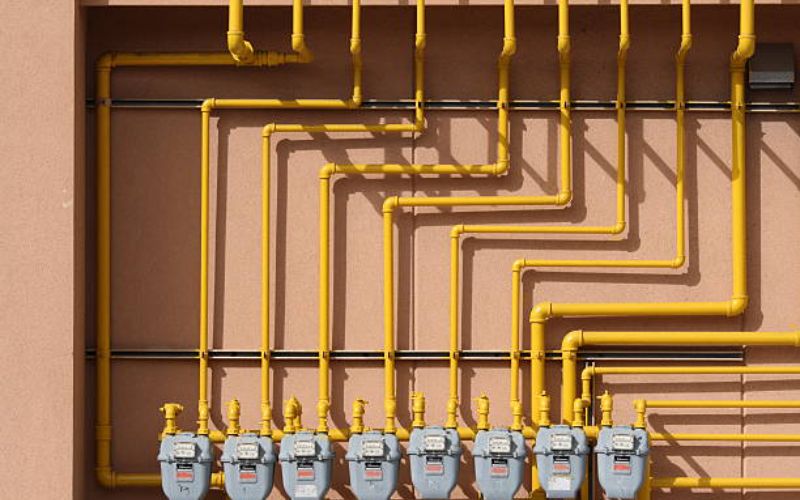The Basics of Heat Pipe Life Expectancy
Heat pipes are an important part of many heating and cooling applications. They are used in everything from computer processors to air conditioning systems. But how long can you expect a heat pipe to last? Let's explore the factors that affect the life expectancy of a heat pipe.
Factors that Affect Heat Pipe Life Expectancy
Several factors influence how long a heat pipe will last. One of the most important is the quality of the materials used. Heat pipes made from high-quality materials tend to last longer than those made from lower-quality materials. Additionally, the environment in which the heat pipe operates can have a significant impact on its lifespan.
Material Quality and Heat Pipe Life Expectancy
When it comes to heat pipes, not all materials are created equal. Pipes made from low-quality materials are more likely to degrade or fail over time. High-quality materials, on the other hand, are designed to withstand the rigors of high-temperature applications. Copper and aluminum are two common materials used in heat pipes, both of which have been known to last for decades when properly maintained.
Environmental Factors
The environment in which a heat pipe operates is another important factor that affects its lifespan. High-temperature or corrosive environments can cause a heat pipe to degrade more quickly. In general, the higher the temperature, the greater the risk of failure. Similarly, exposure to chemicals or corrosive materials can also shorten a heat pipe's lifespan.
How to Extend Heat Pipe Life Expectancy
Fortunately, there are steps you can take to extend the life of your heat pipe. Regular maintenance is critical to ensuring that your pipe functions properly and lasts for as long as possible. This may involve cleaning the pipe periodically, checking for leaks, or replacing worn-out components. Additionally, choosing high-quality materials and operating within recommended temperature ranges can also help to extend the life of your heat pipe.
What is the Typical Life Expectancy of a Heat Pipe?
The life expectancy of a heat pipe will vary depending on several factors, including the quality of materials, operating environment, and maintenance schedule. In general, however, most heat pipes are designed to last for anywhere from 10 to 25 years. By following best practices for maintenance and operation, you can help to extend the life of your heat pipe and ensure that it functions properly for years to come.
Applications of Heat Pipes
Heat pipes are used in a wide range of applications, including electronics, aerospace, and industrial settings. In electronics, they are commonly used to cool computer processors and graphics cards. In aerospace, heat pipes are used to regulate temperature in spacecraft and satellites. In industrial settings, heat pipes are used to regulate temperature in large-scale heating and cooling systems.
Costs of Replacing Heat Pipes
If your heat pipe fails or reaches the end of its lifespan, you may need to replace it. The cost of replacement will depend on several factors, including the size of the heat pipe, the quality of the materials used, and the expertise required to install it. In general, however, the cost of replacing a heat pipe can range from hundreds to thousands of dollars.
Conclusion
Heat pipes are an important part of many heating and cooling applications, but their life expectancy is not indefinite. By understanding the factors that affect heat pipe life expectancy and taking proactive steps to maintain your pipe, you can ensure that it functions properly for years to come.
Quote Inquiry
Contact us!

